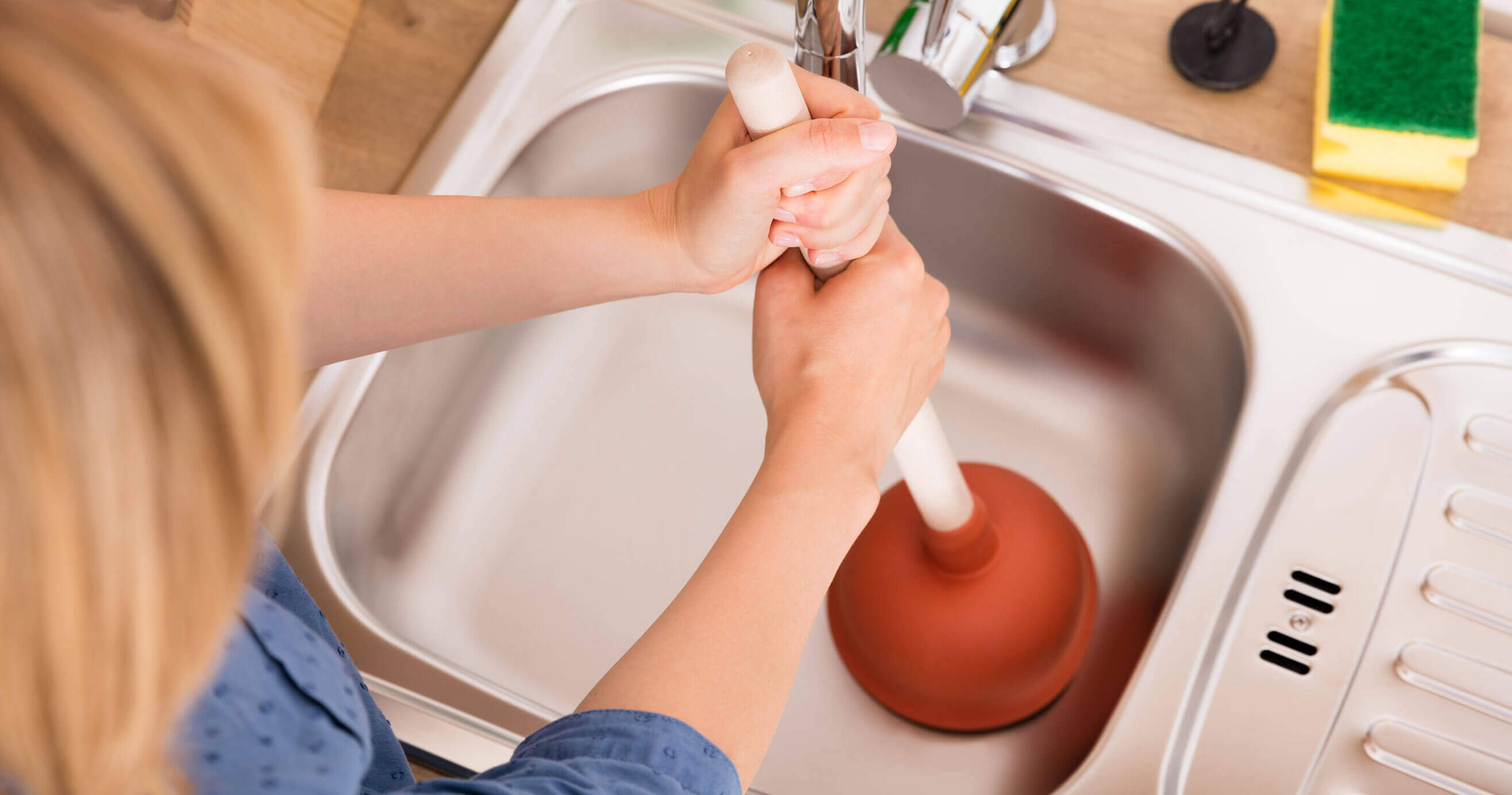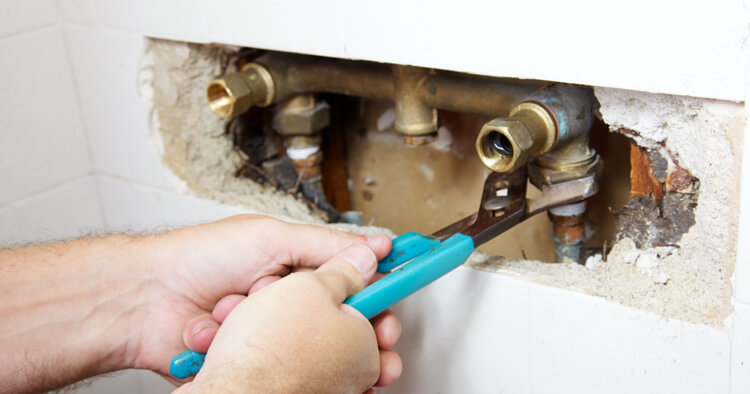5 plumbing myths every Homeowner should know

As a homeowner, do you fully understand your plumbing, water line and sewer/septic line systems? Many homeowners are uninformed and can fall victim to several plumbing “myths”. Here’s a list of common plumbing myths and some easy DIY fixes you can try.
1. “Hot water flushes down grease."
This is a common misconception. Grease sticks to pipes, drains and hot water. Even boiling water doesn’t remove grease or help it ‘flush’ down your drain. When hot water cools over the grease, the grease hardens and it actually creates a thick coating inside of your pipes. This can cause long-term issues, including backed-up or even burst pipes. Instead, wipe the grease out of pans or pour it into a disposable jar and place in the garbage.
2. “My sink is clogged...I’ll just use the plunger.”
Not so fast! DIY blockage-unclogging is not as straightforward as you may first think. It may also prove to be hazardous. After a few unsuccessful tries with the plunger, you may think that pouring a household chemical cleaner or drain cleaner into the sink is the logical next step. After waiting and seeing that nothing has happened, you may then reach for your plunger again. Here’s where you REALLY need to be careful! Inevitable splash-back from plunging can cause irreversible skin damage, and if contact is made with the eyes, it can cause blindness. NEVER use a plunger after using a chemical to clear a blockage. Always use a plunger in a safe way -- without any chemical agent.
Consider making your own natural drain cleaner using a half cup of baking soda and vinegar, which is much less harsh than chemical cleaners.
Something to be aware of: even if you are using a plunger safely, but you have a double sink, once the blockage is dislodged, the pressure from plunging can actually cause the blockage to come up the other drain. To prevent this, be certain you’ve covered the second drain opening completely with duct tape. Unblocking one drain to simply block another will give you more than you bargained for.
3. “If it fits down the pipe, it’s okay to flush."
Wrong. Just because the object might seem to fit down the pipe, it does not mean it’s OK to flush. Take articles, such as scraps of food or female sanitary products, for example. These objects could fit down a sink or toilet from the entry point, but in reality, most pipes are no more than 4” wide. So flushing even small bits of food down the sink can result in a buildup of debris and risks a clog in the piping.
In a similar way, female sanitary products may disappear down the pipe but then quickly absorb water and expand. This may cause blockages, which can lead to bigger drainage problems for the whole system. It’s always best to remember that unless it’s a liquid (not grease or oil), then it’s always best to use your trash can to dispose of such items.
4. “Flushable wipes are flushable."
Not as obvious as it sounds: Most wipes, including ones advertised as flushable, really cannot be eliminated by the sewer or septic system. The fact is, they just do not break down fast enough to truly be flushable. Consumer Reports’ own study agrees. Mixed with other debris, they can snag on pipes and block the system, causing serious damage. Toilets are designed to remove human waste. Use your trash can for everything else.
5. “Pipes can handle all my weekend guests."
Think again! You might well be able to handle an overflow of house guests and in-laws, but your sewer or septic line sure will not! This line conducts all waste water from your home, including the kitchen, showers, AND toilets.
So, if you have more people than usual staying over, and especially if you have slow drains, ensure that you stagger showers and bathroom time to make certain that the lines have enough time to clear. By asking your guests to be mindful with their water usage during their stay, you can help you save yourself a stinky, soppy backyard, or a flooded basement.
Knowledge is power. Now that these myths have been dispelled, you have the knowledge to keep your plumbing, water line and sewer/septic line flowing as they should, and ultimately protect your home against unpleasant and costly issues.
Our HomeServe Hints blog has lots of guidance on DIY plumbing fixes and plumbing maintenance. Being protected with an interior plumbing and drainage warranty plan and home repair plans for plumbing, HVAC and electrical systems can be a good idea. Enter your ZIP Code to see what plans are available in your area.


